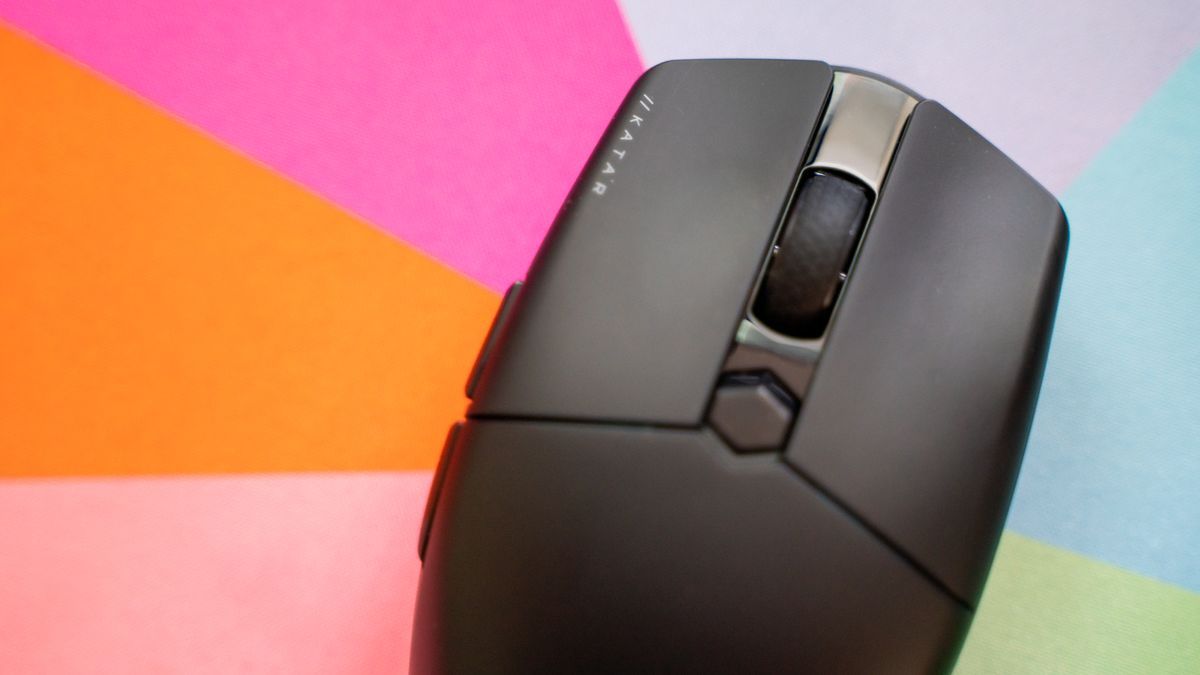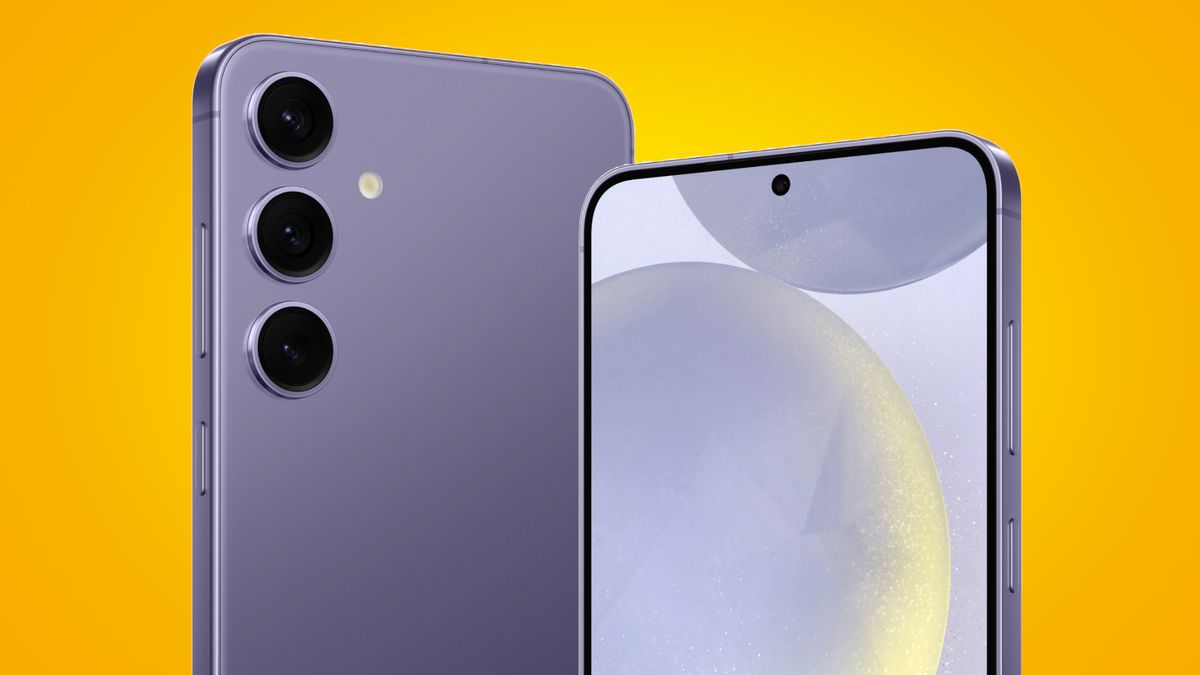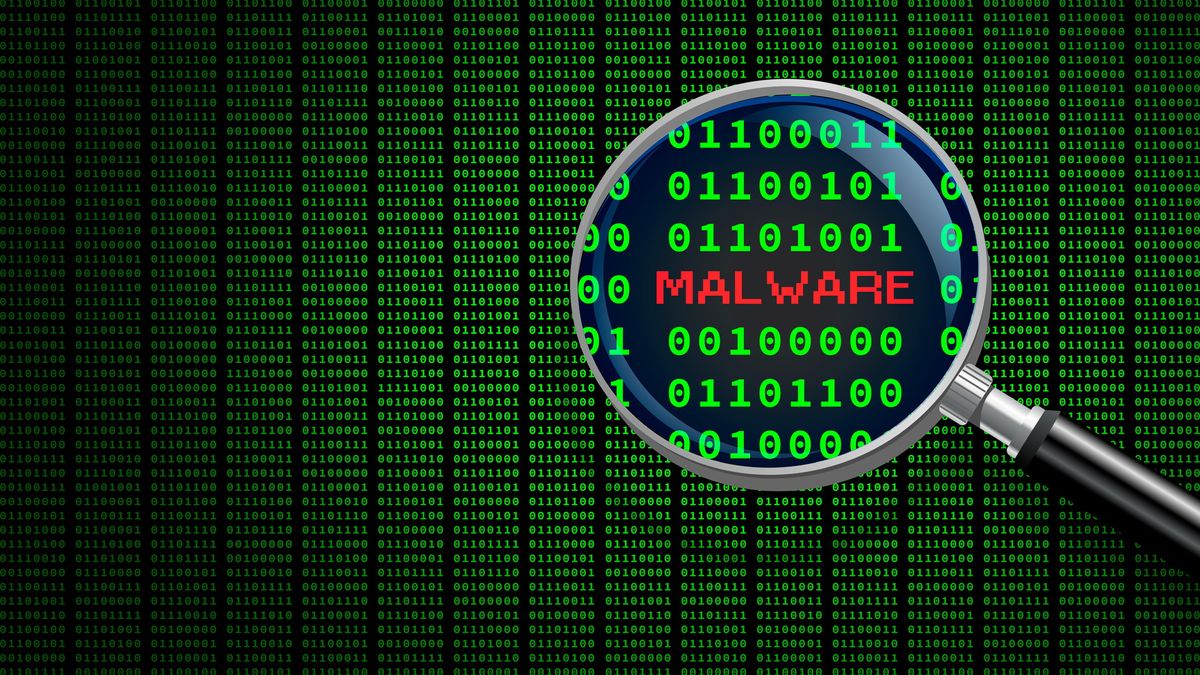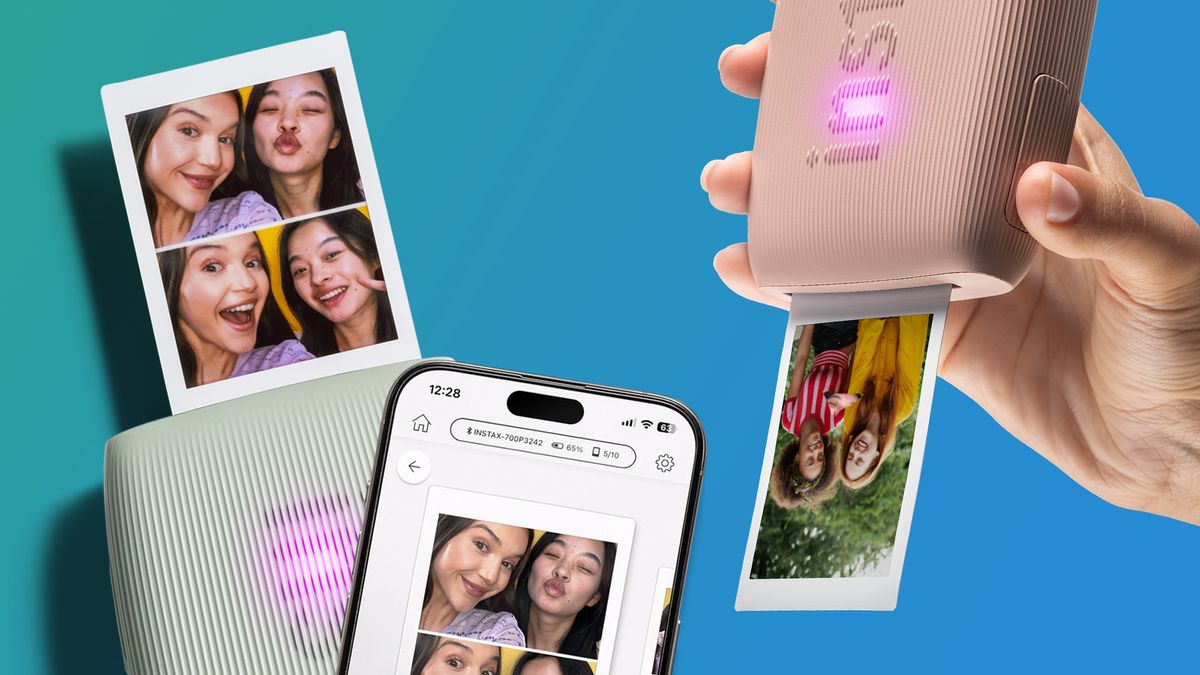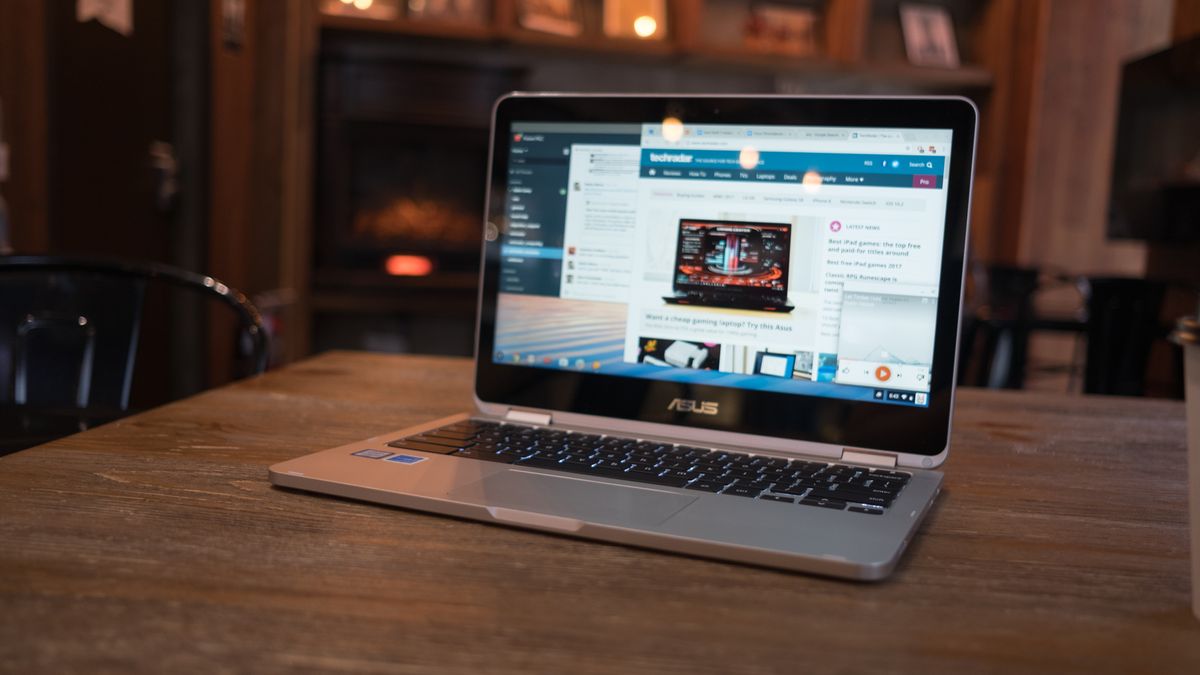Only with the title, I know that some of you are questioning my technical knowledge and my game skills. But listen to me: wireless peripherals are not what they used to be. They are much better.
Wireless keyboards, mice and other accessories such as games for games have traveled a long way in recent years. Despite a massive market participation in favor of cable hardware, the wireless connection is progressing slowly but surely to become king of the PC accessories.
I used to swear for the benefits of a mouse and cable keyboard: What about the battery life? And that horrible latency? But the more I used them, the more I see wireless peripherals for their ascending.
Here is why I trust them to do the job and why you should do it too.
The battery life is really not so important
Every time this debate arises, there are some main inconveniences of wireless peripherals that people tend to point out. The main one is usually the battery life, and makes sense, because the peripherals with cable literally have the infinite duration of the battery.
But what happens if I told you that wireless peripherals today have essentially the same?
First, the vast majority of wireless mice and keyboards synchronize with customization software such as Razer Synapse and Logitech G Hub. These applications have incorporated reminder notifications that alerts it when it is time to load.
And in addition to that, many peripherals who have RGB will also give a visual indication, such as the red flashing lights, when they are running out of juice. Going one step further, most of the best wireless games mice have self-air functions, which feed the mouse after a certain period of inactivity.

However, here is the true kicking: almost all wireless mice today can also be used in a 'connected' configuration, because you can simply continue using them while working or plays.
That “anxiety for the battery” felt just when I changed almost completely once I got to this understanding.
If my mouse's battery is running out, I take a few seconds to plug it in and keep it pushing. Once the battery is full, I disconnected and enjoyed the freedom of a wireless configuration.
There is no cable drag that makes my configuration feel “off”, do not worry that the cable is the correct length or becomes cobwebs, only my wireless partner and the task in question.
In addition, today you can even get an elegant mouse pad that charges its wireless mouse as it uses it (such as the PowerPlay Logitech), which is sincerely as flexible as a brilliant idea.
Is a problem in 2025 still a wireless latency?
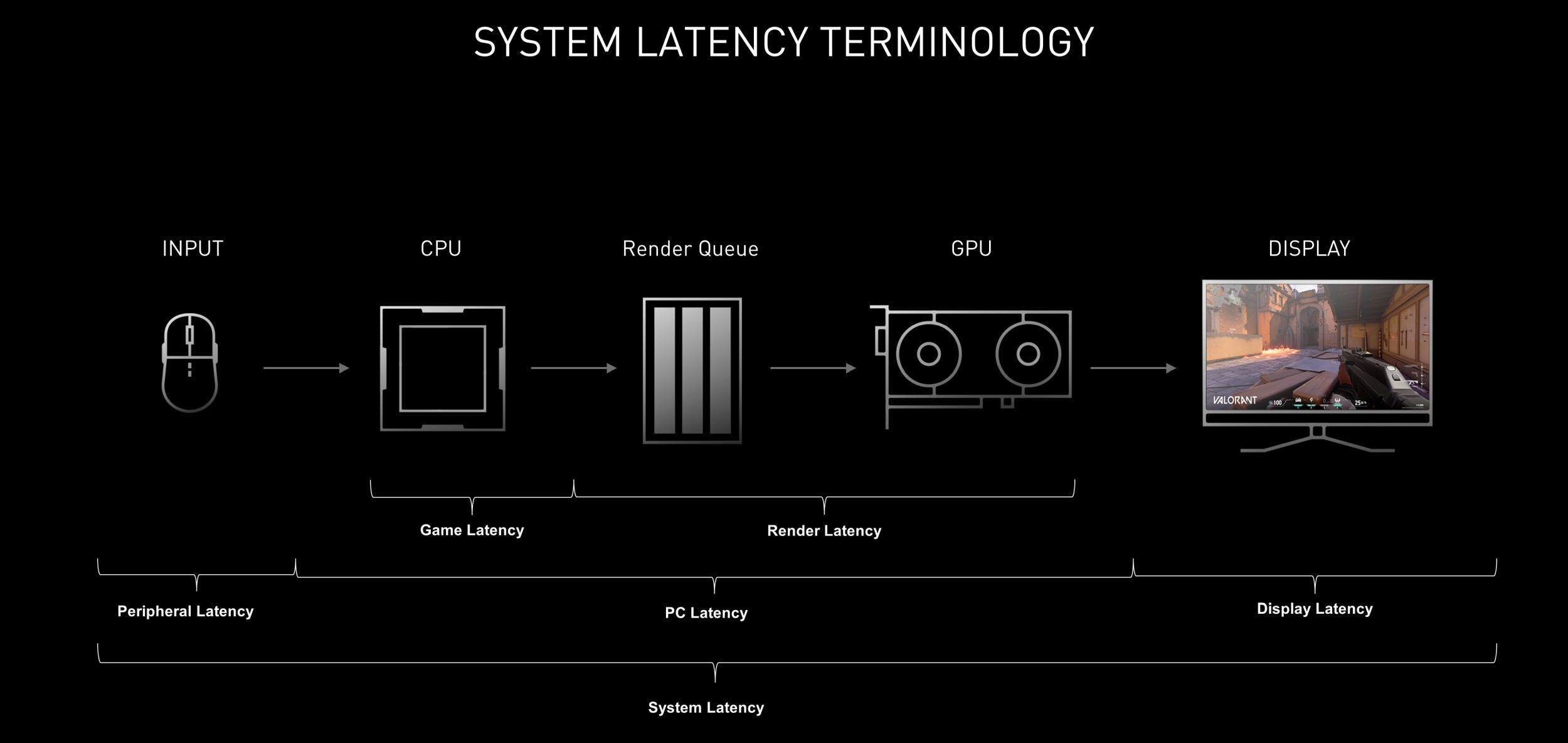
I would say that for the vast majority of players, and for almost all productivity users, the latency of modern wireless peripherals is not noticeable.
It will not jump from the bottom of the classification table to the top because it went from a response time of 1 ms on a wire keyboard at a response time of 2 ms on a wireless board.
To put it in perspective, a single picture of just under 7 ms is needed to render on a 144Hz monitor.
I thought that latency would be a total non-accelerator for wireless peripheral competitive such as competitive online titles such as competitive competitive titles such as competitive competitive titles Contra-Strike 2.
Connectivity can be more a problem
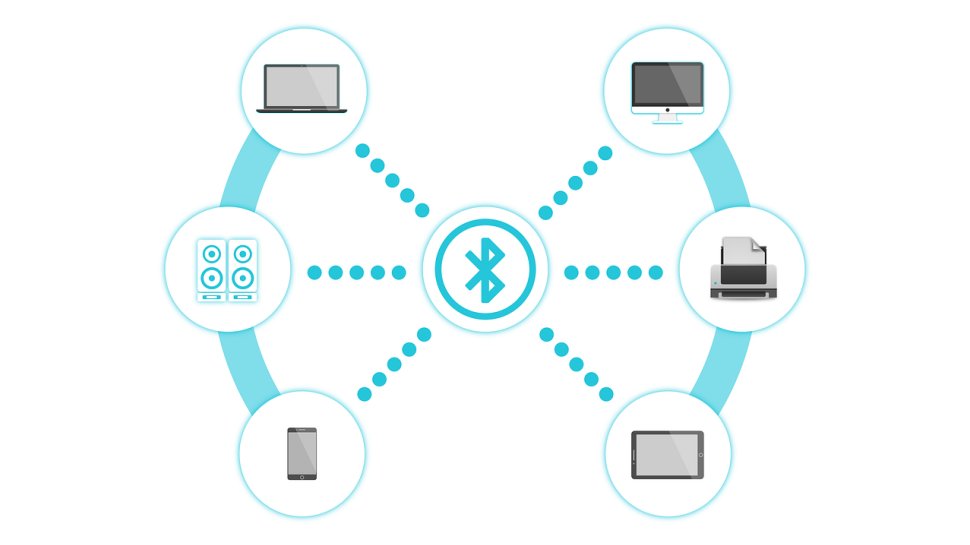
Ok, if you are looking for a “gotcha”, this is where you could get one. Some wireless peripherals are simply bad In the connectivity department.
Obtaining an irregular mouse or keyboard can certainly leave a bad first impression. It is not fun to deal with random connection falls while you do everything possible to win.
I find that this usually cultivates when dealing with Bluetooth or poor quality software (sometimes it is solved with a simple firmware update, but we should not have to wait for that after spending our money earned so much effort).
This is almost never a problem with cable mice, and is something to consider. But if you go with one of our wireless selections for the best game keyboards, with which we have been practical and can attest to each of your connectivity reliability, you will not have that problem. Check out our other rounding too, such as the best wireless headphones for more ideas.
And where possible, I would use a 2.4GHZ receiver on Bluetooth for the best connection. That said, a solid assembly of Bluetooth accessories can release a ton of USB ports, which are stretched today even in the best laptops of play.
The benefits of wireless
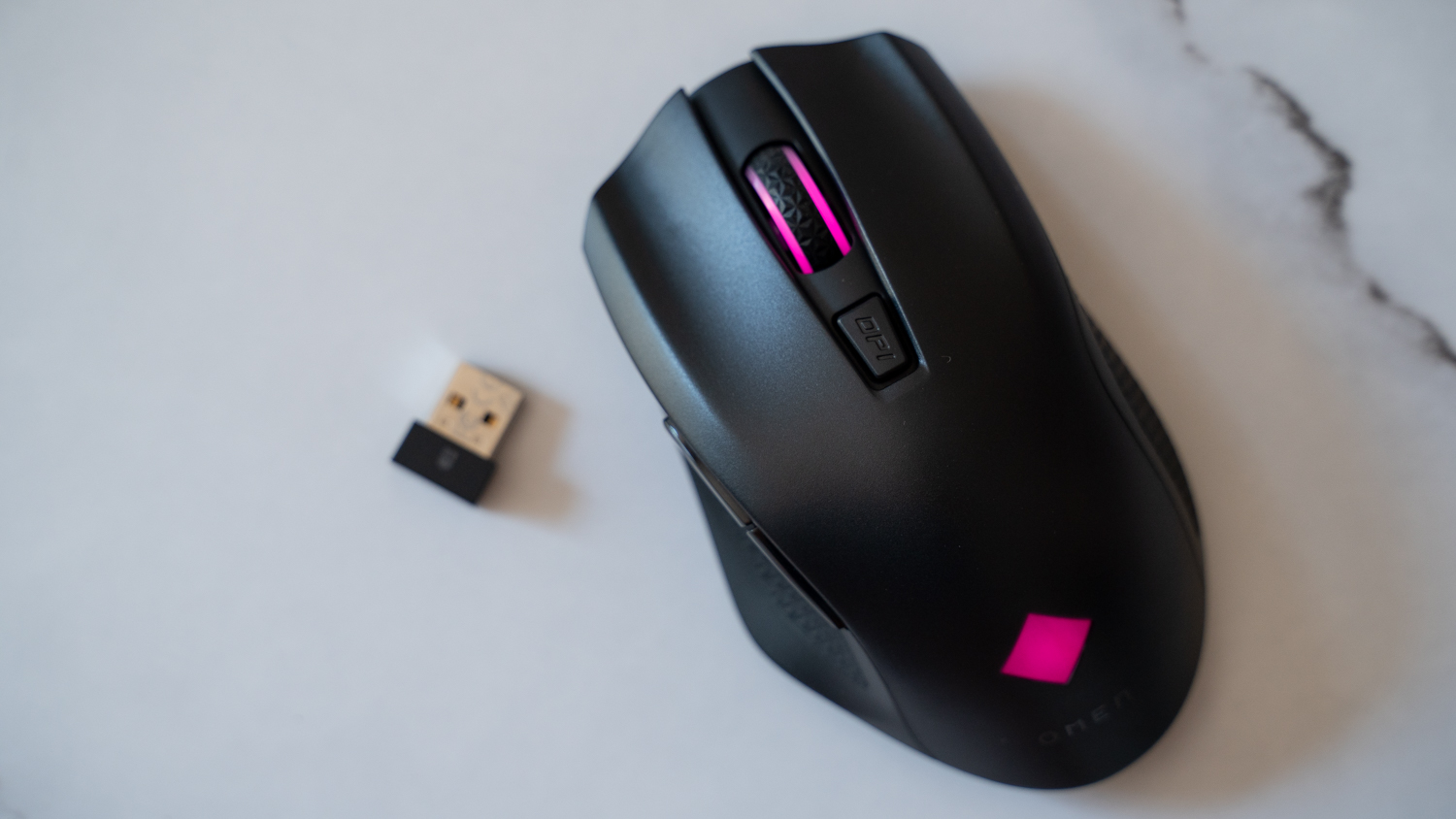
While I have mentioned throughout this article, there are a number of advantages to go wireless. These are the main benefits I have seen:
- A cleaner desktop settings (without cable disorder)
- Better freedom of movement
- No cable drag
- Easy portability
- Bluetooth multipoint functiony
- Access to the latest sensors and switches
- More free USB ports
And there are even some more niche benefits, such as long -range capabilities if you like to connect a mouse or a keyboard to your console for easy navigation.
The biggest advantages I have seen are definitely the aesthetics of the cleaner desktop and eliminate the resistance of the cable (which also goes hand in hand with a better freedom of movement). I don't have to pull my mouse cord to take it to the right length or take off my headphones when I get up to drink a drink.
It is also quite convenient to throw your wireless equipment directly to a backpack without having to worry about placing cables and worrying about the USB connection damaged in transit.
In addition, as more companies focus on making wireless equipment, the latest sensors, switches and software focus on this form factor, which means that some wireless equipment is actually more efficient than cable counterparts in latency and durability departments.
Now, I don't say you have to launch all your configuration in the garbage container just because you have some cables hanging from it. But if you have been avoiding the switch because “the wireless connection is worse,” I think it's time to reassess.
The benefits exceed the few disadvantages for me, and since I made the change to a cleaner wireless configuration, I have not looked back.

